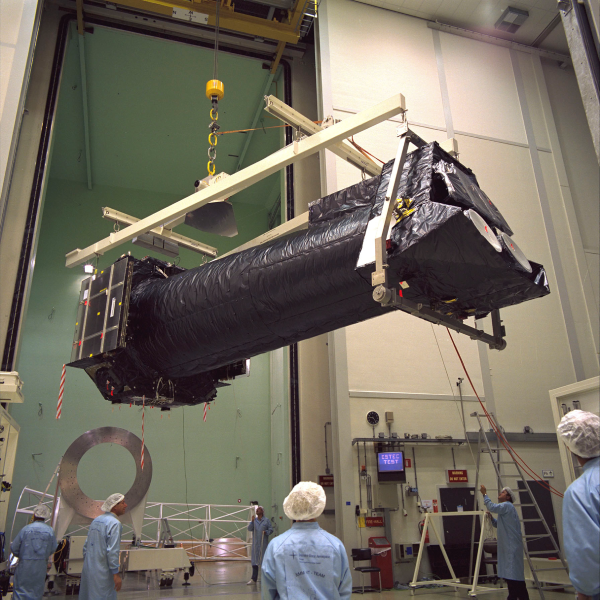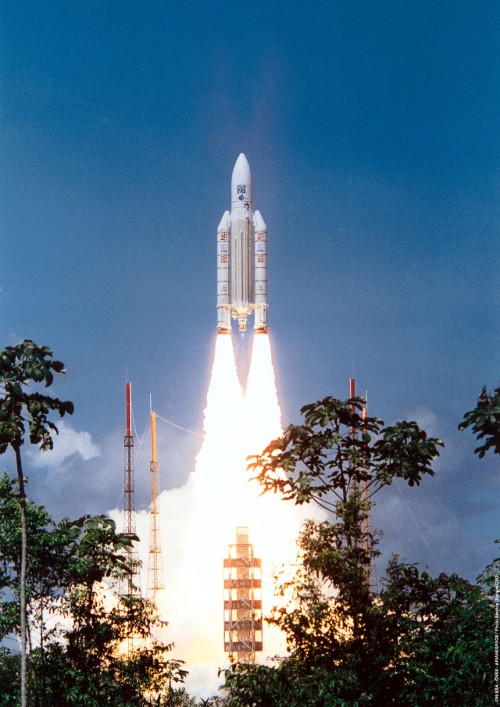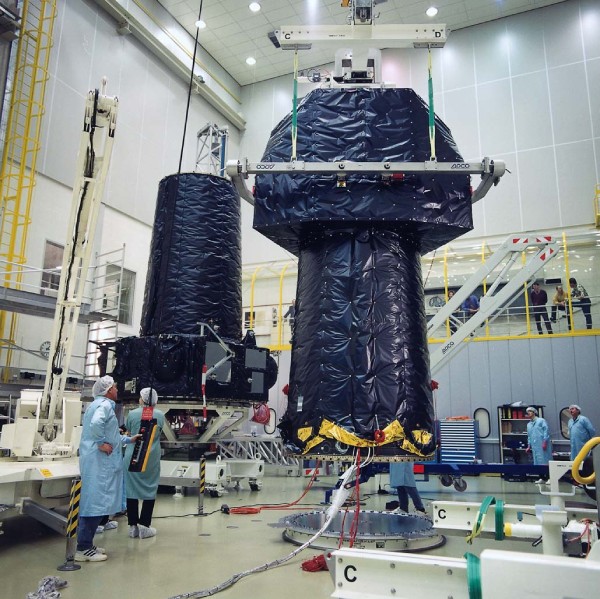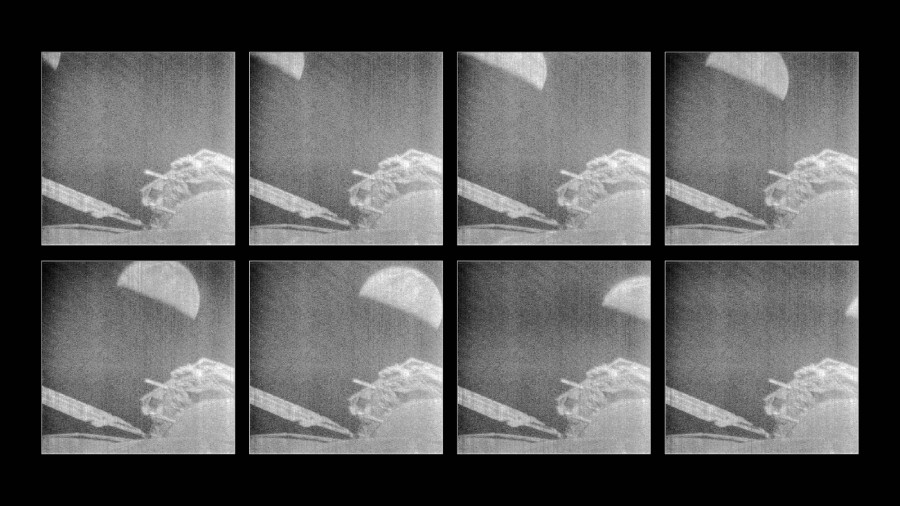Launch of XMM on Ariane 5: Two new kids on the block who changed history
08.12.2022

It is difficult to image a more inspiring way to usher out one millennium and herald the next – two new-generation pioneering examples of technology perfectly performing an extraordinary ambitious feat, and both going on to make history several times over in the decades to come.

On 10 December 1999, the new European heavy-lift launcher Ariane 5 blasted off from the Kourou Spaceport exactly on schedule at 3.32 pm CET, carrying the European Space Agency’s most advanced science spacecraft at the time, the X-ray Multi Mirror space telescope XMM (full name High Throughput X-ray Spectroscopy Mission).

Twenty-nine minutes after lift-off, XMM was released into space with incredible accuracy – injected by Ariane 5 to within a minuscule 1.5 km of its target. Around a mere 20 seconds after separation, XMM’s first telemetry data was received by mission control, and within an hour of lift-off the space operations center confirmed that the spacecraft was under control with electrical power generated by the now-deployed solar arrays. Put on course by the best start possible, it was off on a mission to take science and our understanding of the universe to completely new levels.
Designed for the future
Europe had a lot riding on this mission. It was the first commercial mission of the all-new Ariane 5 rocket. Its passenger was no less than the largest and most sophisticated science satellite so far created in Europe.
Europe’s new rocket was not an incremental extension of its predecessors, but a radical conceptual departure, conceived to respond to a larger palette of mission demands as space activity and ambition expanded. Built to be more powerful, more flexible, Ariane 5 had much to prove on this flight.
Its passenger XMM, too, was pushing the boundaries. A scientific cornerstone project for ESA, not an extension or a follow-up of existing technology, its mission was to help scientists to solve the biggest cosmic questions by providing data of X-ray emissions in space.
Getting to space to find out more
Many cosmic bodies – galaxies, quasars, stars (like our Sun) – generate X-rays, which provide chemical and physical information. But the Earth’s atmosphere blocks out these X-rays, which are messengers of what occurred in the distant past when stars were born or died, and can provide clues to our future. So we can only collect this information by a satellite placed in space outside the Earth’s atmosphere.
XMM, which weighs 3.8 tons and measures 10 meters in length, is equipped with three X-ray telescopes with 58 high-precision mirrors capable of detecting millions of sources, far more than any previous mission.
For a passenger of this size, for these orbit requirements, Ariane 5 was the obvious choice.


A textbook launch = a new playbook
XMM operates in an unusual highly elliptical orbit which takes it from 7,000 km at its nearest point to 140,000, its farthest point from Earth. This takes it out to almost a third of the way to the Moon passing by in a 48-hour loop, which means it can take long interrupted observations and is optimal for station ground contact.
At the time of the launch, the XMM project manager went on record as saying that the reduction in the amount of propellant occasioned by the accuracy of the launch procedure by Ariane 5 could well extend XMM’s lifetime to 20 years, instead of the expected 10 years. Prophetic words…